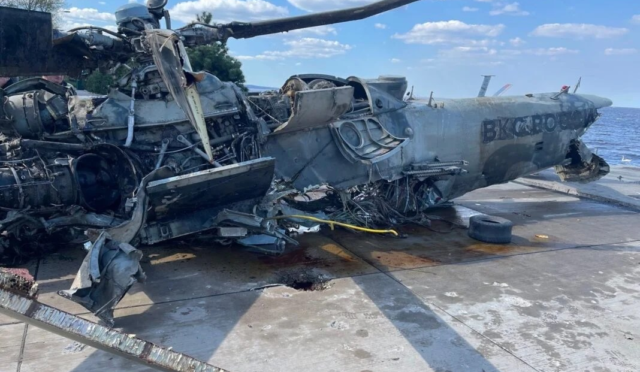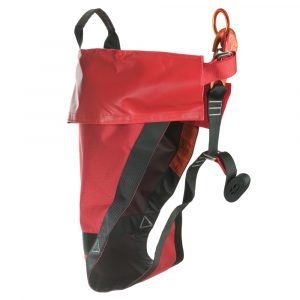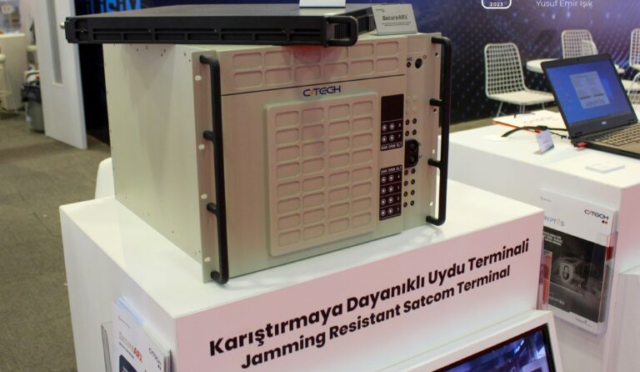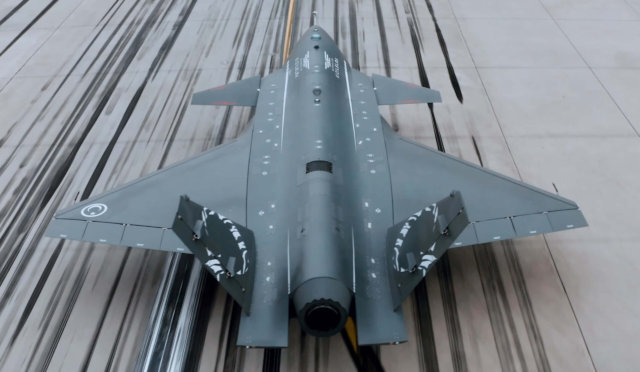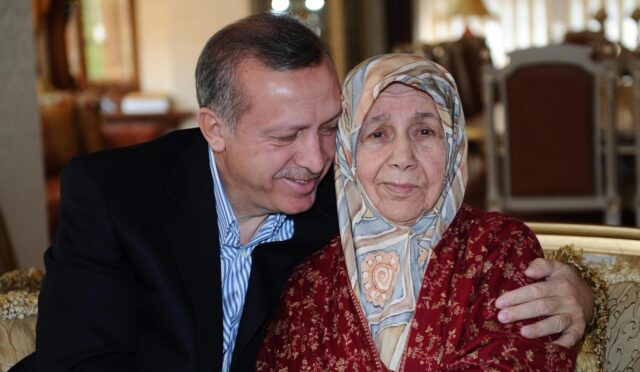KAAN Prototypes: Insights on their Future and Development
**TUSAŞ General Manager Mehmet Demiroğlu has unveiled that the company’s current focus lies in the development of the P1, P2, and P3 prototypes of the KAAN aircraft. In a recent interview with Aviation Week, he confirmed that production is actively underway for the new prototypes. Demiroğlu emphasized that once these aircraft are operational, they will undergo intensive use, flying frequently and at high altitudes. This marks a pivotal shift from the earlier prototype, which was designated P0.**
The P0 prototype has primarily served ground tests aimed at validating the assembly process, although reports indicate that it will take to the skies again. Notably, Demiroğlu stated that the forthcoming prototypes will closely mirror the structure of P0, with one significant external modification being the optimization of air intakes for enhanced supersonic flight capabilities.
In addition to these prototypes, the development plan includes a second group comprised of P4, P5, and P6, which are expected to feature advanced capabilities surpassing those of the initial trio. This progression underscores TUSAŞ’s commitment to evolving the KAAN aircraft’s design and functionality.
To facilitate effective testing of KAAN’s various subsystems and sensors, Demiroğlu has identified a Bombardier Global 6000 business jet as the Flight Test Laboratory. According to Aviation Week, this aircraft has been operational since early 2025 and is primarily utilized for testing the AESA radar, developed by ASELSAN for KAAN. This facility allows for simultaneous testing of radar, electronic warfare systems, and their interactions with communication systems, enhancing the development process.
Moreover, TUSAŞ is venturing into manned-unmanned teaming capabilities within the Flight Test Laboratory framework. KAAN is designed to integrate seamlessly with unmanned systems currently in development, such as ANKA-III and KIZILELMA. Demiroğlu articulated the importance of this collaboration, stating, “We do not want to send KAAN to the front line alone. It will be there when necessary, but alongside ANKA-III and KIZILELMA.”
Turning to engine development, Demiroğlu revealed that TUSAŞ expects to complete the preliminary design review for its indigenous engine by the end of this year, aiming for a prototype with indigenous power to be airborne by 2029. Initial flight tests could potentially feature a KAAN outfitted with an F110 engine on one side and the indigenous engine on the other. This strategic goal highlights the intent to develop a competitive engine capable of achieving higher thrust levels than the F110.
In collaboration efforts, TRMotor has successfully developed an auxiliary power unit for KAAN, while TEI leads the design of the engine itself. Demiroğlu mentioned ongoing discussions with various countries about partnerships in the production process of KAAN. While some nations focus on differing priorities or encounter financial constraints, he reassured that TUSAŞ is amenable to partnerships of all engagement levels.

